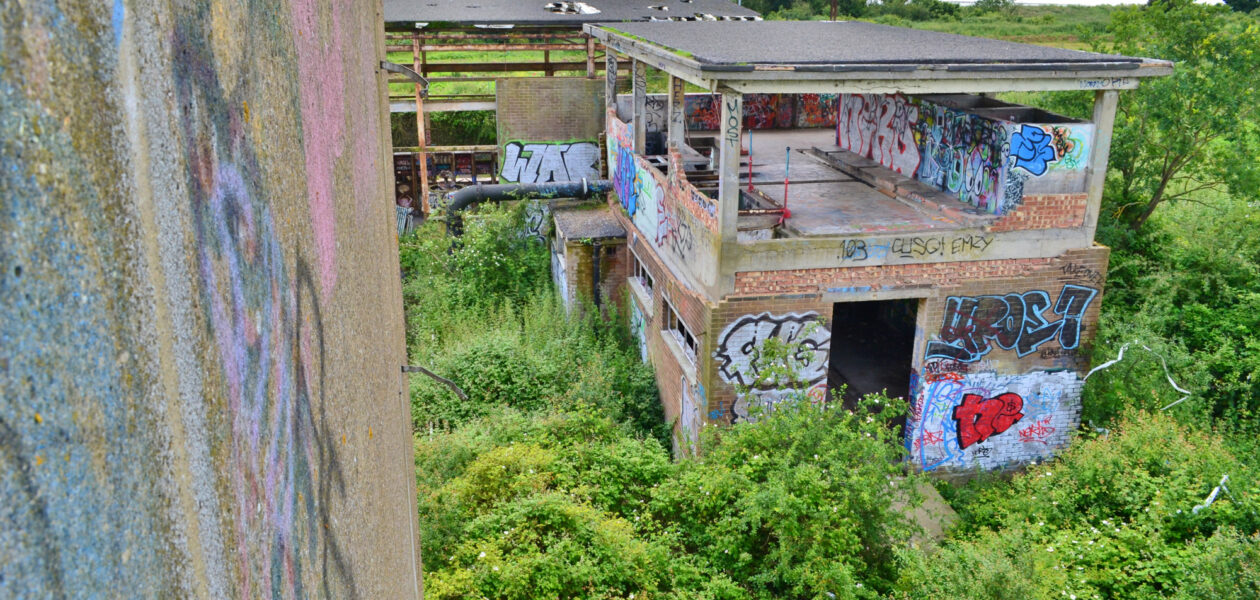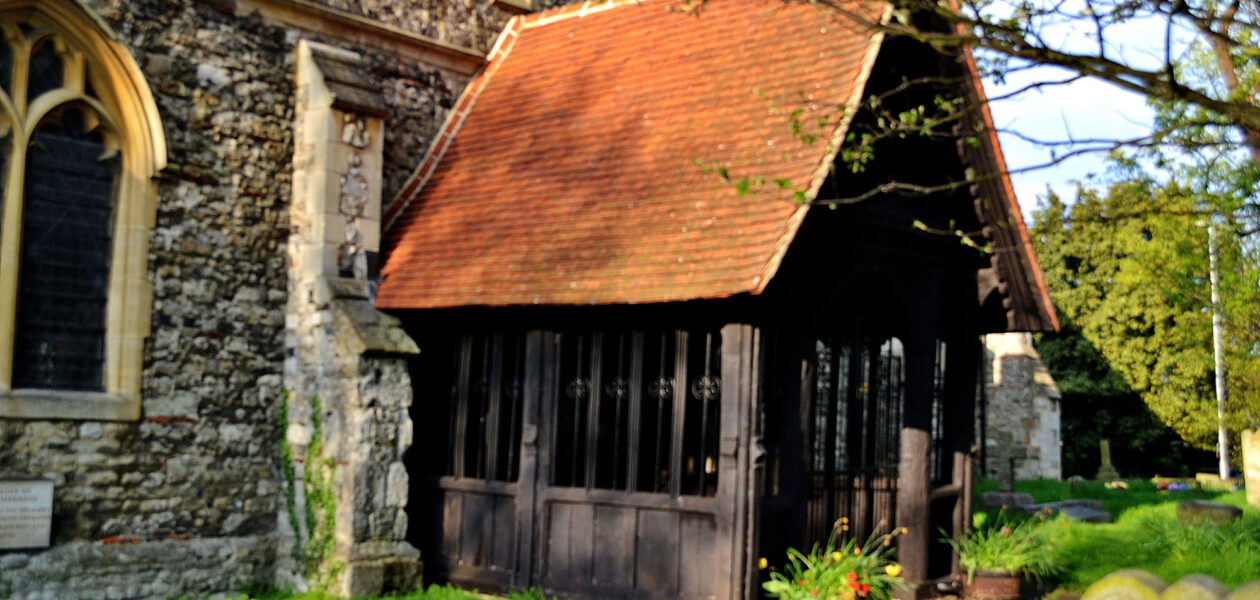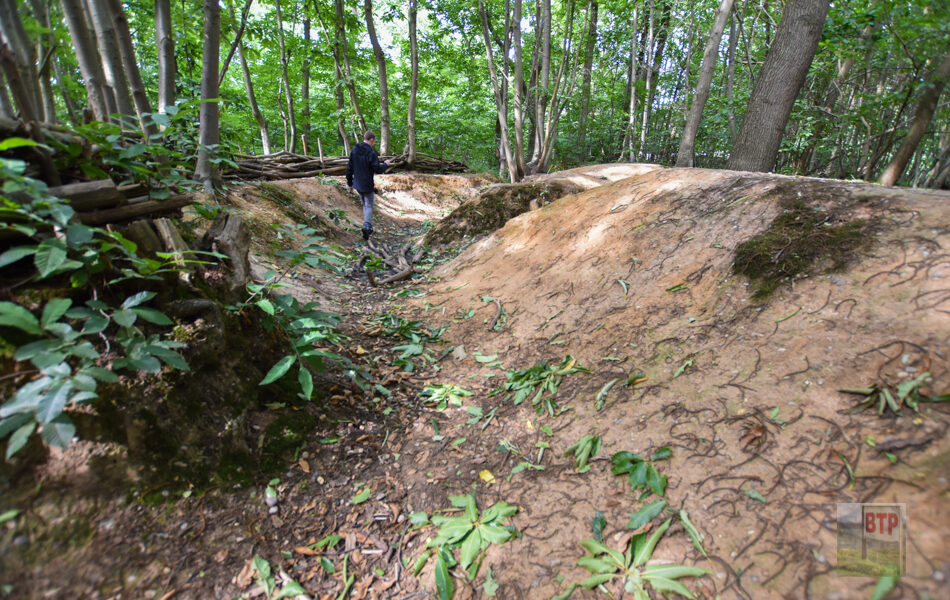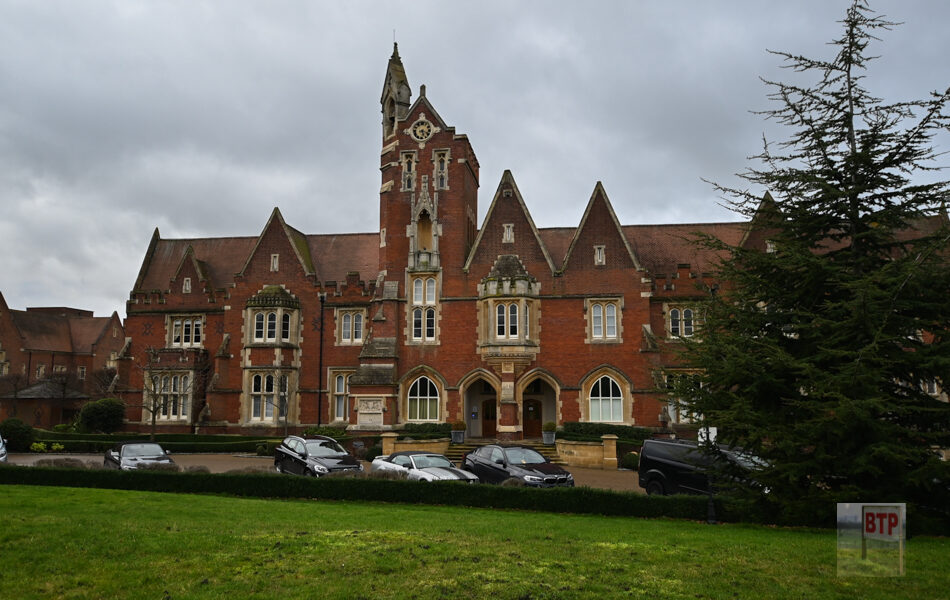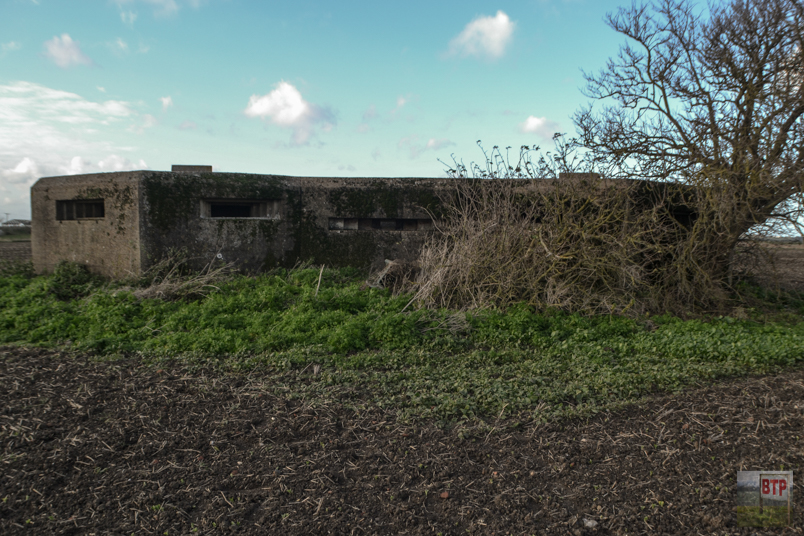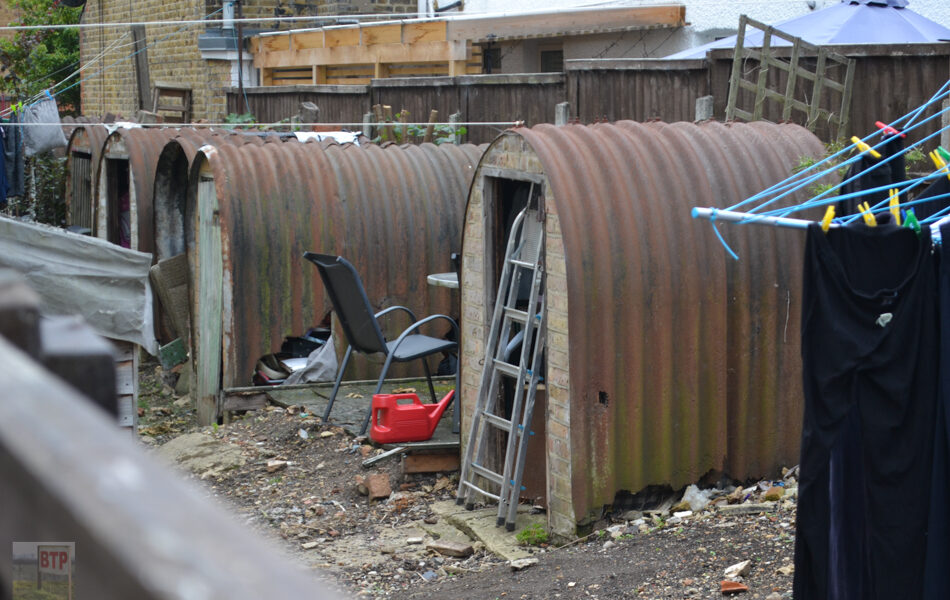Cressing Temple Medieval Farmstead
How does Cressing Temple reflect what was going on in the wider world? Cressing Temple is located in North Essex and the two surviving Medieval barns have never been out of use since the 13th Century when they were built under the Knights Templar military Christian order who at the time took part in the…
View More

